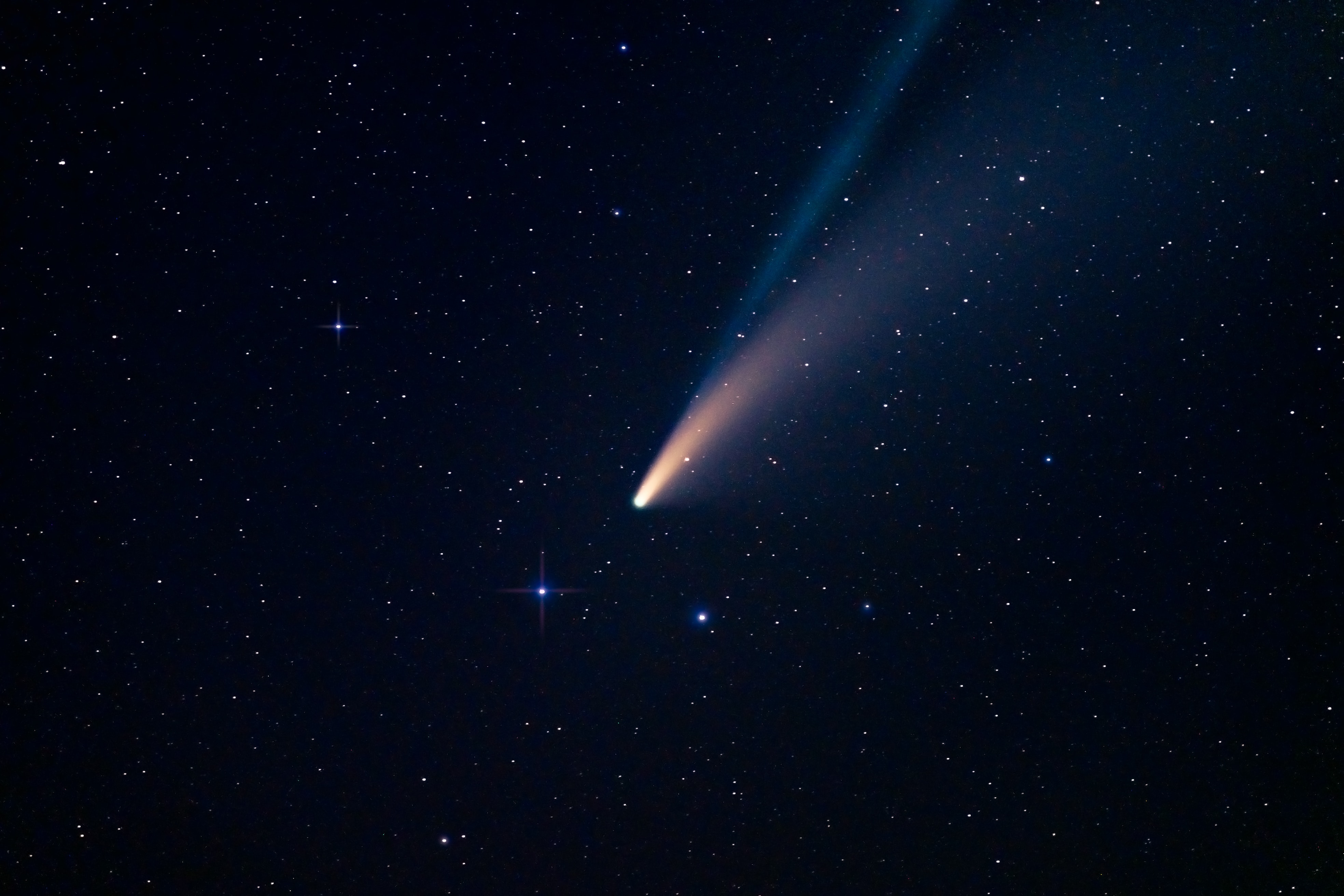Media release
From:
Crash to Earth - Can comets deliver prebiotic molecules to rocky exoplanets?
Cometary impacts on the surface of the early-Earth is one potential way to supply the complex organic molecules needed for the origins of life. For this to be successful, prebiotic molecules must survive the high temperatures experienced during impacts, and so low-velocity impacts are required. Here, we determine which types of rocky planets support low-velocity impacts by calculating how the central star and other, nearby, planets affect comets’ orbits. We find that this scenario works better for planets around Sun-like stars, but that low-velocity impacts are also possible around much smaller stars, provided other neighbouring planets are all closely-spaced.



 International
International



